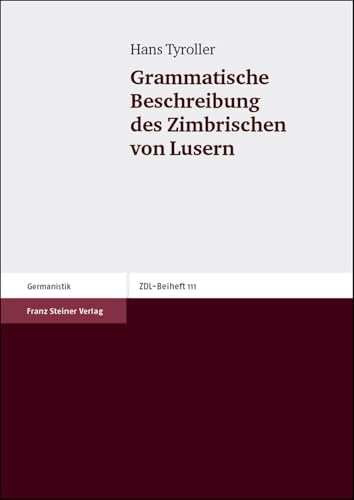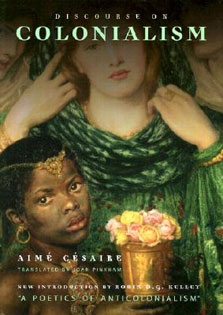About The Book
The first of four volumes, which examine non-ferrous precious and base metal mining, metallurgy and minting in the Middle Ages, encompasses the history...
Read more
of these activities during the years 425-1125. It describes the shift in the focus of world precious metal production from the Western Roman Empire -350), to the Sassanid and Byzantine Empires (350-650) and Central Asia (480-930). Central Asia dominated for almost half a millennium world precious and base metal production, before output collapsed and an industrial diaspora caused the foci of silver and gold production to shift to Europe and sub-Saharan Africa respectively (930-1125). Mining activity in Central Asia, 480-930 is examined in depth, as is also its impact on local society and the distribution of precious metals from there to China, India and South-east Asia, Asia Minor and, via the Trans-Pontine steppes, to Europe. It also explores the impact of this flow of Sassanid-Islamic silver and gold on European mining and monetary systems, when that trade was at its height (560-930) and the response of the Europeans to the great ôSilver Famineö occasioned by the collapse of Central Asian production (930-1125). " es gibt nun eine neue Publikation, die alles zusammenfaát, was wir derzeit ueber die Grundlagen der mittelalterlichen Muenzprägung wissen, ueber die Metallerzeugung und die Prägung. [à] eine Fundgrube an interessanten Hintergrundinformationen [à] Dieses Buch ist ein absolutes Muá fuer jeden, der sich intensiv mit mittelalterlichen Muenzen und der damit verbundenen Handelsgeschichte beschäftigen will" Muenzen Revue Vol. 2: Afro-European Supremacy, 1125-1225 Vol. 3: Continuing Afro-European Supremacy, 1250-1450 .
Hide more




